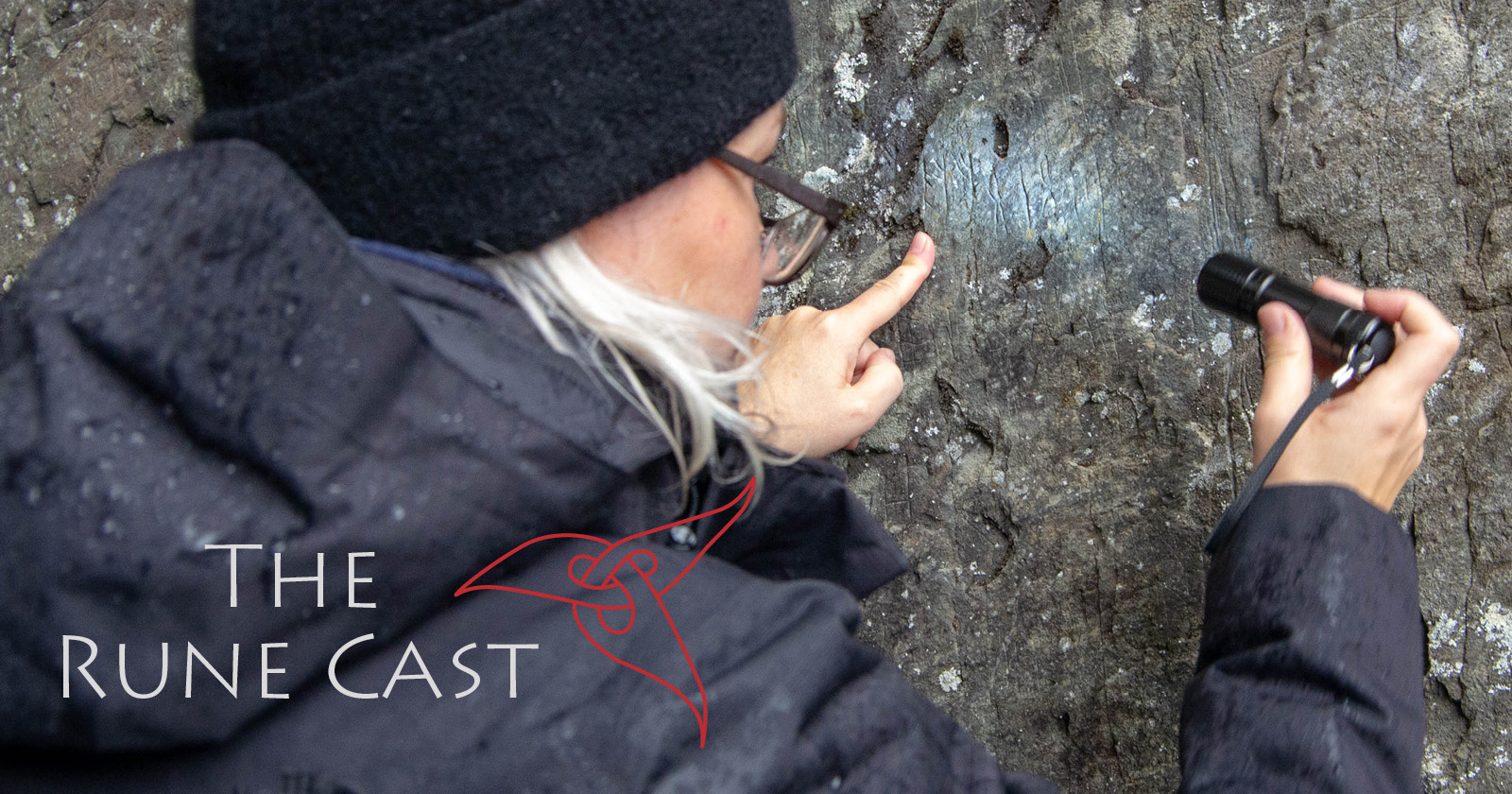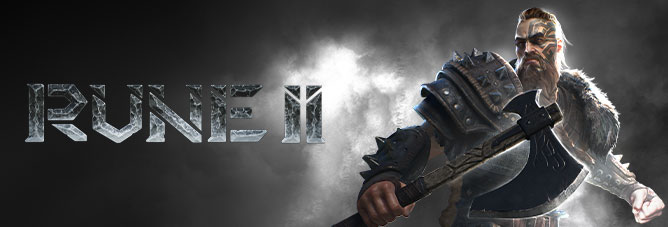



Up until the early 20th century, runes were still used in rural Sweden for decorative purposes in Dalarna and on runic calendars. However, the use of runes persisted for specialized purposes beyond this period. 700 in central Europe and 1100 in northern Europe. Runes were generally replaced by the Latin alphabet as the cultures that had used runes underwent Christianisation, by approximately A.D. The Svingerud Runestone dates from between A.D. 50 and Roman senator Tacitus's potential description of rune use from around A.D. 150, with a potentially earlier inscription dating to A.D. The earliest secure runic inscriptions date from around A.D. Runology forms a specialised branch of Germanic philology. Runology is the academic study of the runic alphabets, runic inscriptions, runestones, and their history. The Scandinavian variants are also known as futhark or fuþark (derived from their first six letters of the script: F, U, Þ, A, R, and K) the Anglo-Saxon variant is futhorc or fuþorc (due to sound-changes undergone in Old English by the names of those six letters). Scholars refer to instances of the latter as Begriffsrunen ('concept runes'). In addition to representing a sound value (a phoneme), runes can be used to represent the concepts after which they are named ( ideographs). Runes were used to write various Germanic languages (with some exceptions) before they adopted the Latin alphabet, and for specialised purposes thereafter. 18 CE (derived from Brahmi numerals)Ī rune is a letter in a set of related alphabets known as runic alphabets native to the Germanic peoples. BCEĪdlam (slight influence from Arabic) 1989 CE Caucasian Albanian (origin uncertain) c.Cherokee (syllabary letter forms only) c.


 0 kommentar(er)
0 kommentar(er)
